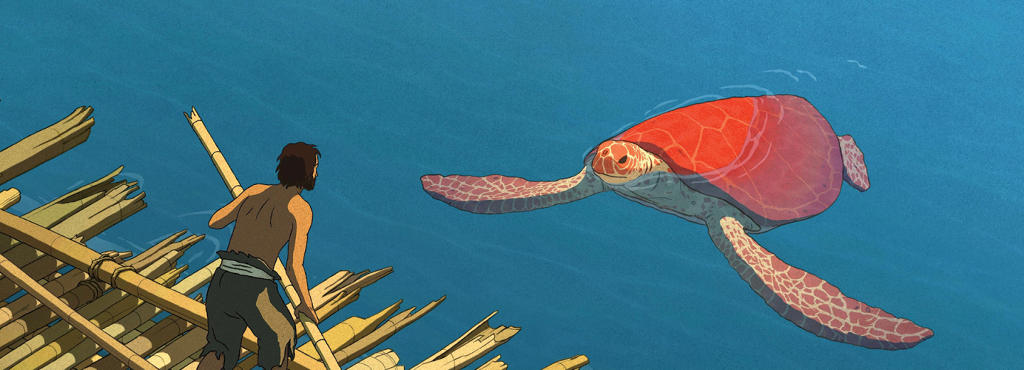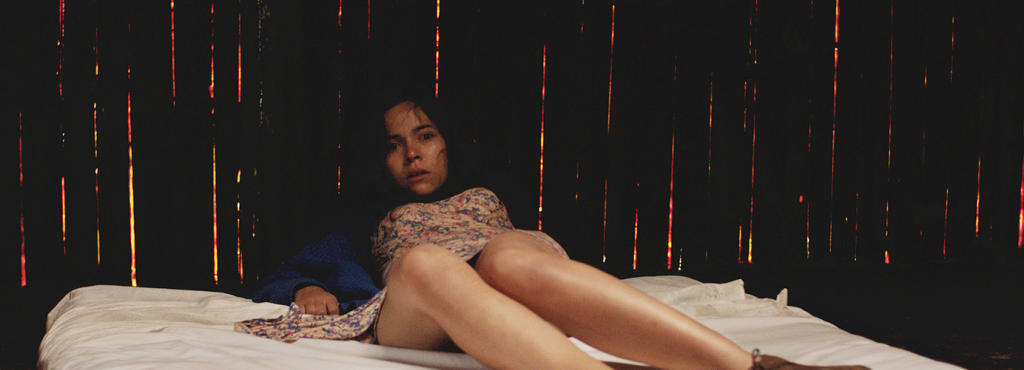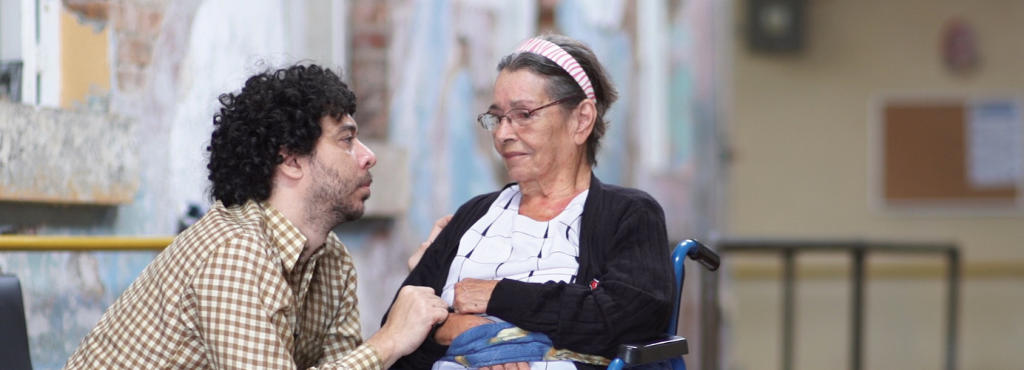
COSTA RICA EXTRA – Costa Rica may be best known for its dense rain forests and a competitive soccer team, but recent efforts suggest that its filmmaking could join those ranks sometime in the near future..
A little over two years ago, Costa Rica’s film industry was driven by big dreams — a stable film commission, production funds to encourage local filmmakers, tax incentives — that are looking more realistic by the day. By mid-2015, shortly after the election of President Luis Guillermo Solis, the new administration appointed a film commissioner who will assume full-time duties by 2017.
Watch the trailer (in Spanish) “Abrazame como antes” Costa Rica’s entry to the Costa Rica International Film Festival.
At the same time, it launched plans to build a new National Cinematheque, and assembled proposals for a series of laws to stimulate further production. The current headquarters for the Film Commission in the Costa Rican capital San Jose, called the Centro De Cine, added a screening room that now projects some 120 films from around world each year for thousands of audiences.
In short, not too shabby for a Central American country of five million people serviced by just 150 theaters, most of which emphasize the usual multiplex fare over local productions or international cinema.
The 2016 edition of the Costa Rica International Film Festival runs December 8 – 17.
For Fernando Rodriguez, director of the Costa Rican Ministry of Culture, the work has just begun. “The country needs to understand the audiovisual sector as an industry,” he said in an interview this week. “The most important thing is to strengthen the association with that sector to help producers, distributors, and exhibitors establish themselves.”
Of course, new resources can only go so far without sufficient efforts to draw attention to them. That’s where the Costa Rica International Film Festival comes into play.

The five-year-old venture, which this year contains 72 films from around the world in addition to works in progress from Central American filmmakers, receives 20% of the Film Commission’s annual budget for its operations. Announcing the latest edition, artistic director Marcelo Quesada described an interest in “approaching the idea of artistic diversity.” As a result, the lineup includes both festival favorites like “Toni Erdmann” and “Certain Women” (alongside a career tribute for director Kelly Reichardt) while providing a platform for a young but growing local film community.
For the industry section of the festival, 16 Central American films in various stages of production were selected, in addition to seven films screening as works in progress. The Costa Rican films will be eligible for a prize of 3.6 million colones (roughly $8,600) to assist with post-production needs, while an additional prize for the same amount will be awarded to a film’s art design.

The festival will also showcase six films from Central America in its official competition section, which is described in the festival programming guide as designed “to capture the pulse of local and regional production.” Notably, most of the filmmakers in the section are presenting their first features.

That’s to say nothing of the last few decades. While the Centro de Cine was founded in 1973, it remained stagnant for decades, and few filmmakers managed to develop national recognition for their work. Others left the country. Even as the number of films produced in Costa Rica increased — the British production “Paddington” was shot there in 2013 — they failed to move the needle on its profile.
“That really affected our capacity for growth,” Rodriguez explained. “We’re working on the modernization of our work so that the projects we’re implementing can survive in the long term.”

In other words, the developing Film Commission is following the philosophy that if you build it, they’ll stick around — and it’s off to a good start. The 2015 developments included the launching of a production fund called El Fauno, which received a $1 million endowment for the production of 17 indigenous projects that range from narrative features to documentaries and television series. “We’re in negotiations to develop our private and public alliances to feed the fund,” Rodriguez added, expressing a desire to support other audiovisual projects such as video games and transmedia work.
While the Film Commission is currently housed in the foreign trade promotion agency Procomer, it will move to the National Cinematheque with its construction in 2018. The building will include three new screening rooms and educational programs supported in part by partnerships with the French Cinematheque and the Association for Meetings of Latin American Cinemas in Toulouse (otherwise known as ARCALT).

Overall, the new center will allow the Film Commission to focus its efforts in a single location, rather than grasping for resources spread across the country or waiting each year for the film festival come around. “There will be spaces for the incubation of ideas that will allow for the development of more projects,” Rodriguez said. “Our networking rooms and common spaces will join the past, present and future of cinema.”
In 2015, distribution executive Luis Carcheri of Costa Rica’s Romaly Distribution told Variety that if the film production fund came together, it would need to “not only help local filmmakers produce their movies, but send them to workshops to hone their craft.” Now that two-pronged approach has come together, and the future is not so far away.
“Festivals are turning their eyes toward Central America,” Rodriguez said.








You must be logged in to post a comment.